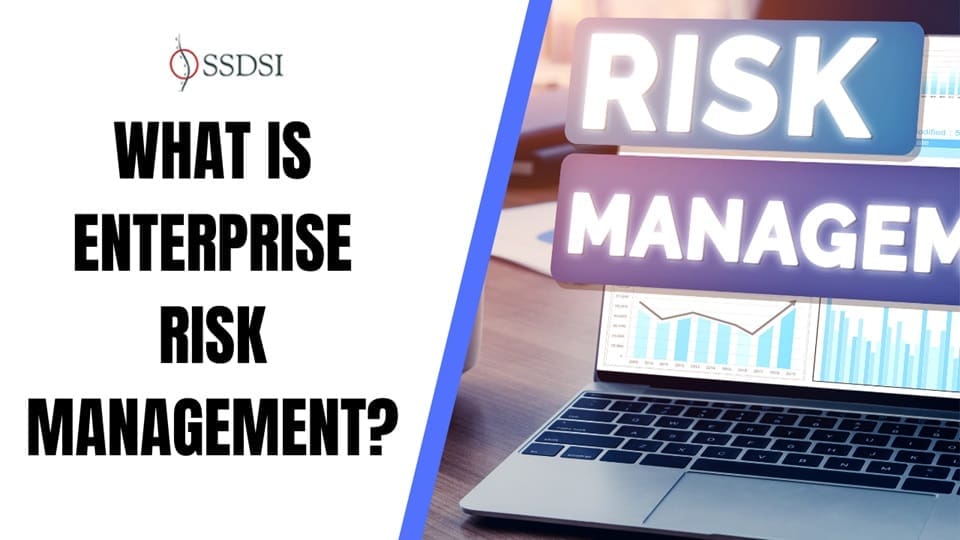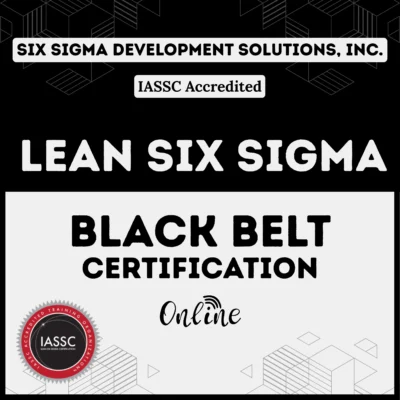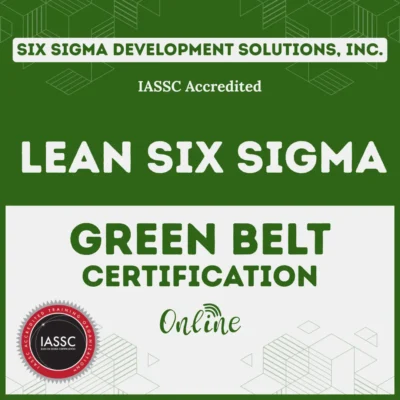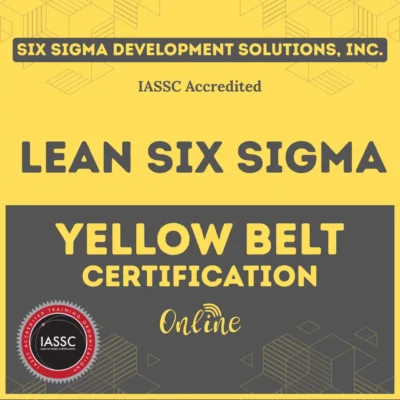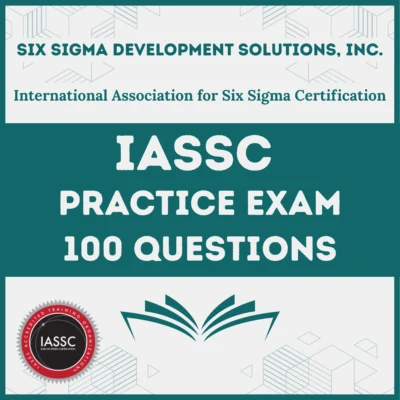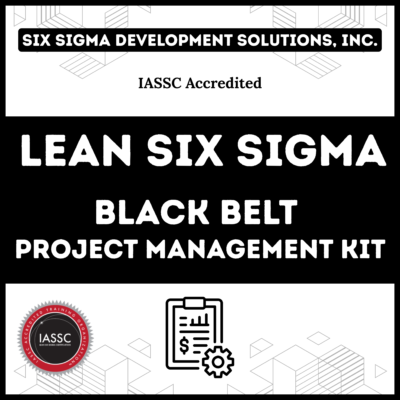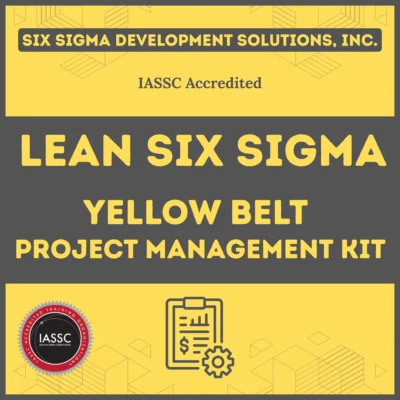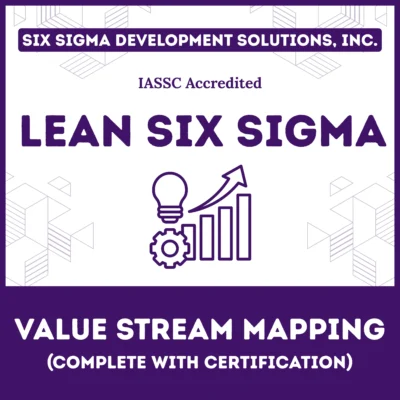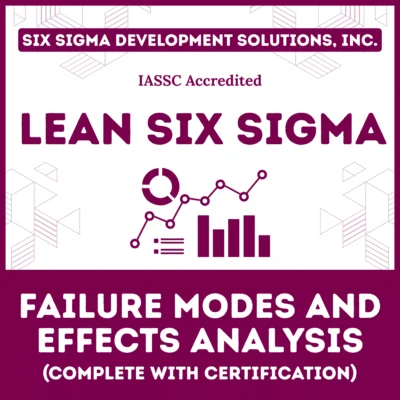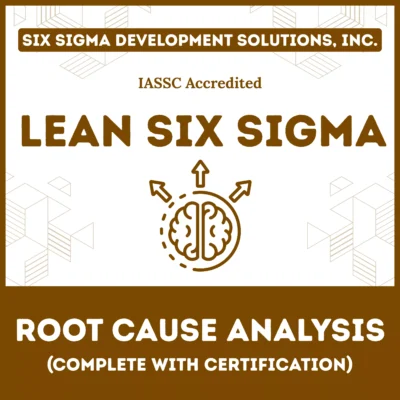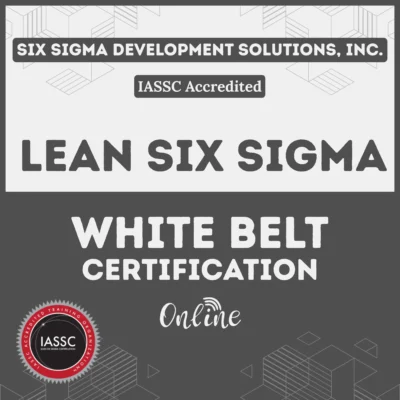The business world is more volatile than ever before. Market shifts, cyber threats, and regulatory changes can appear overnight. If you run a business, you might feel like you are constantly putting out fires instead of preventing them. This is where a solid strategy becomes your best defense.
Take a read of this guide to understand how enterprise risk management (ERM) can transform uncertainty into stability.
It is to be noted that traditional methods of managing risk often work in silos. Different departments handle their own problems without talking to each other. On the contrary, enterprise risk management looks at the big picture. It connects the dots between different threats to protect your organization’s future.
In this article, you will get to know about the core components of ERM, the COSO ERM framework, and how to build a resilient enterprise risk management strategy.
Table of contents
What is Enterprise Risk Management (ERM)?
To understand what is enterprise risk management in clearer terms, we must first look at the definition.
Enterprise risk management refers to a comprehensive framework that organizations use to manage risks and seize opportunities related to their objectives. It involves identifying, assessing, and preparing for potential losses, dangers, and other harms that may interfere with operations.
ERM meaning goes beyond just buying insurance or following safety rules. It creates a culture where every employee understands their role in spotting potential threats.
Enterprise risk management (ERM) is a strategic discipline. It aligns your risk appetite (how much risk you are willing to take) with your business goals.
There are three key parties involved:
- The Board of Directors: They set the tone and risk oversight.
- Management: They implement the enterprise risk management program.
- Employees: They identify risks in their daily work.
What does ERM mean for your bottom line? It means fewer surprises, better decision-making, and a stronger competitive advantage.
Public, Onsite, Virtual, and Online Six Sigma Certification Training!
- We are accredited by the IASSC.
- Live Public Training at 52 Sites.
- Live Virtual Training.
- Onsite Training (at your organization).
- Interactive Online (self-paced) training,
Importance of Enterprise Risk Management Strategy
Why should you invest time in an enterprise risk management strategy?
The answer lies in complexity. Modern businesses face risks that are interconnected. A supply chain failure (operational risk) can lead to a drop in stock price (financial risk) and damage your brand (reputation risk).
Corporate risk management traditionally handled these separately. However, an enterprise risk approach integrates them.
Always remember that a strong ERM strategy:
- Improves Operational Efficiency: By spotting problems early, you avoid costly disruptions.
- Enhances Financial Reporting: It ensures accuracy and compliance with regulations.
- Builds Confidence: Stakeholders and investors trust companies that have a clear plan for bad days.
As the name suggests, enterprise wide risk management covers the entire organization. It breaks down walls between departments so that information flows freely.
Also Read: LEAN Certification Programs
Understanding the COSO ERM Framework
When discussing enterprise risk management frameworks, one name comes up constantly: COSO.
What does COSO stand for? It stands for the Committee of Sponsoring Organizations of the Treadway Commission. They created the standard that many companies follow.
The COSO ERM framework provides a blueprint for effective risk management. It is designed to help you integrate risk considerations into your strategy and performance.
COSO enterprise risk management focuses on five interrelated components:
- Governance and Culture: This sets the tone. It establishes oversight and defines the organization’s ethical values.
- Strategy and Objective-Setting: Here, you define your risk appetite and align it with your business strategy.
- Performance: This involves the actual risk management steps: identification, assessment, and prioritization.
- Review and Revision: You must monitor performance and change the plan if necessary.
- Information, Communication, and Reporting: This ensures that data flows up, down, and across the organization.
COSO meaning in a practical sense is about connecting risk to value. It is not just about avoiding bad things; it is about taking the right risks to grow.
Key Components of an ERM System

Implementing an enterprise risk management system requires specific tools and structures. You cannot just rely on spreadsheets and emails.
Basically, several categories of ERM systems and components exist:
- Internal Environment: The culture and tone of your company.
- Objective Setting: What are you trying to achieve?
- Event Identification: Spotting internal and external events that affect goals.
- Risk Assessment: Analyzing the likelihood and impact of risks.
- Risk Response: Deciding whether to avoid, accept, reduce, or share the risk.
- Control Activities: Policies ensuring risk responses are carried out.
- Information and Communication: meaningful data delivery.
- Monitoring: Checking if the system works.
ERM solutions often include software that automates these steps. Enterprise risk management technology allows you to track risks in real-time, generate heat maps, and assign ownership to specific managers.
Also Read: Lean Six Sigma White Belt Certification Course
Enterprise Risk Management Process

So, what is the first step in risk management?
Many people think it is buying insurance, but that is actually one of the last steps (risk transfer). The risk management process steps follow a logical order.
Here is a breakdown of the enterprise risk management process:
1. Identification You must find the risks before you can fix them. This involves brainstorming, interviewing staff, and analyzing data to find potential threats.
2. Assessment Once identified, you need an enterprise risk assessment. You ask: How likely is this to happen? How bad will it be if it does?
3. Prioritization You cannot fix everything at once. You must rank risks from “critical” to “minor.” This is often done using a risk management enterprise heat map.
4. Response Now, the question arises: what do you do about it?
- Avoid: Stop the activity that causes the risk.
- Reduce: Take steps to lower the chance or impact.
- Share: Buy insurance or outsource the risk.
- Accept: Acknowledge the risk and move forward (common in high-reward strategies).
5. Monitoring Enterprise risk solutions are not “set it and forget it.” You must review the risks regularly.
Types of Enterprise Risk

To manage enterprise risk effectively, you must know what you are looking for.
There are various types of risks worth understanding:
- Strategic Risk: These threaten your high-level goals. For example, a new competitor enters the market.
- Operational Risk: These are failures in day-to-day processes. Company risk management often focuses heavily here, looking at supply chains or IT failures.
- Financial Risk: This involves markets, credit, liquidity, and interest rates.
- Compliance Risk: Failing to follow laws or regulations. Enterprise risk and compliance go hand-in-hand.
- Reputational Risk: Damage to your brand image. In the age of social media, this is critical.
Enterprise risk management for financial institutions often prioritizes financial and compliance risks due to strict regulations (like Basel III or Solvency II). However, every business faces a mix of these threats.
Enterprise Risk Assessment Tools and Technology
Modern enterprise risk management relies heavily on data.
Enterprise risk management tools help you visualize complex data. Instead of guessing, you use an enterprise risk assessment tool to calculate probabilities.
ERM solutions provide:
- Dashboards: A single view of all risks.
- Reporting: Automated reports for the board.
- Alerts: Notifications when a risk indicator breaches a threshold.
Enterprise risk management services are also available if you do not have an in-house team. Consultants can help set up your erm framework and train your staff.
COSO risk management framework integration is often built into these software platforms, making compliance easier.
Key Differences: Traditional vs. Enterprise Wide Risk Management
To understand the difference between traditional risk management and enterprise wide risk management in clearer terms, consider the following key points:
- Scope: Traditional management looks at risks in silos (department by department). ERM looks at risks across the whole organization.
- Focus: Traditional focuses on insurable risks (hazards). ERM focuses on strategic, operational, and financial risks as well.
- Goal: Traditional aims to minimize loss. ERM aims to optimize risk-taking for growth.
- Ownership: Traditional is often led by a risk manager or audit team. ERM is the responsibility of senior management and the board.
- Integration: Traditional is reactive (fixing problems). ERM is proactive (planning for problems).
- Language: Traditional uses technical jargon. ERM uses business language aligned with strategy.
- Process: Traditional is ad-hoc. ERM is continuous and embedded in culture.
- Value: Traditional protects value. ERM creates value.
Enterprise risk management frameworks like COSO or ISO 31000 drive this shift from traditional to enterprise-wide thinking.
Final Words
So, why does enterprise risk management matter?
In summary, ERM is not just about avoiding failure; it is about positioning your company for success. By implementing a strong enterprise risk management program, you move from reactive crisis management to proactive strategic planning.
You have learned about the COSO risk management standards, the risk management process steps, and the value of enterprise wide risk management.
When you face uncertainty, a robust ERM strategy is the recommended choice. It protects your assets, ensures compliance, and gives your stakeholders confidence.
At our core, we believe that understanding risk is the first step to mastering it. Your business deserves a future that is secure, compliant, and ready for growth.
Key Takeaways
- Enterprise Risk Management (ERM) transforms uncertainty into stability by connecting risks across departments.
- A strong ERM strategy enhances operational efficiency, improves financial reporting, and builds stakeholder confidence.
- The COSO ERM framework provides a structured approach to integrate risk management into business strategy.
- Effective ERM involves a process of identification, assessment, prioritization, response, and ongoing monitoring of risks.
- Modern ERM tools help visualize risks and automate reporting, enhancing decision-making and compliance efforts.
FAQs on ERM
What is the main goal of an ERM program?
The main goal is to provide a comprehensive view of risk so leadership can make informed decisions. It balances risk and reward to create value.
What is the difference between COSO and ISO 31000?
COSO erm is a framework largely used in the US for internal controls and fraud deterrence. ISO 31000 is an international standard that provides principles and guidelines. Both are valid enterprise risk management frameworks.
Is ERM only for large corporations?
No. While corporate risk management implies large scale, small businesses also benefit. They just use simpler enterprise risk management tools.
How does ERM help with compliance?
Enterprise risk and compliance are linked. A good ERM system identifies regulatory requirements and ensures controls are in place to meet them.
What is risk appetite?
It is the amount of risk an organization is willing to accept to achieve its goals. It is a core part of the enterprise risk management definition.

Related Words

